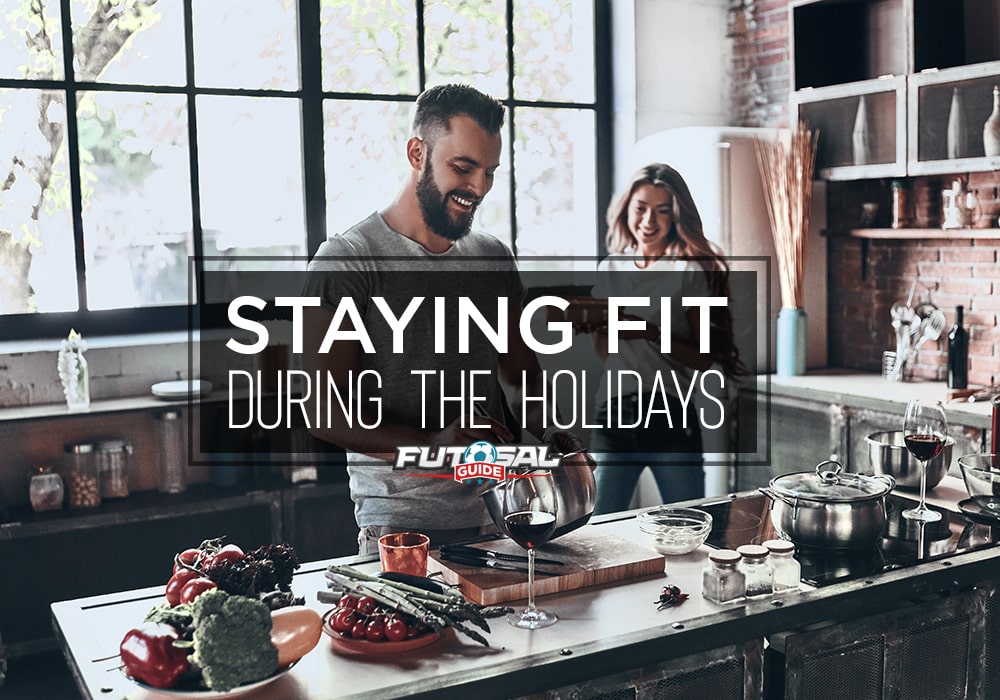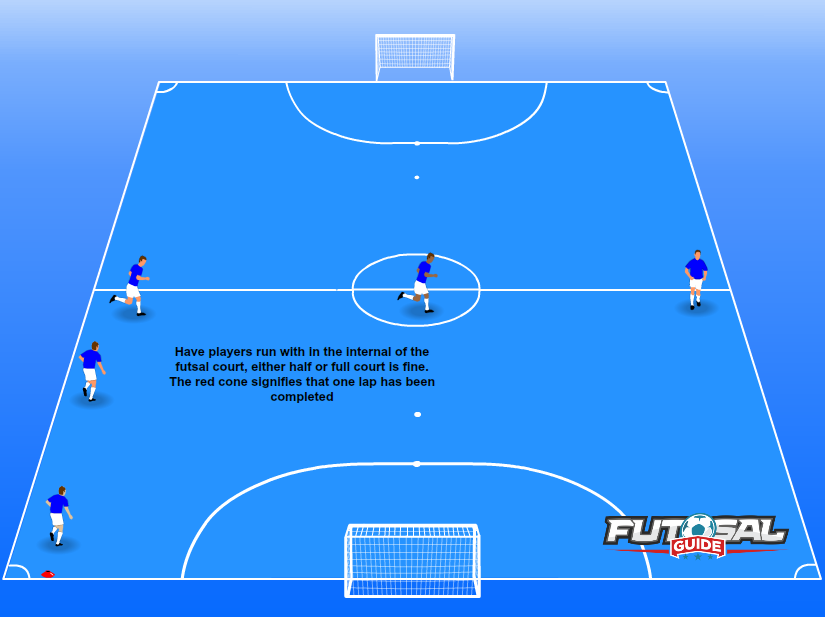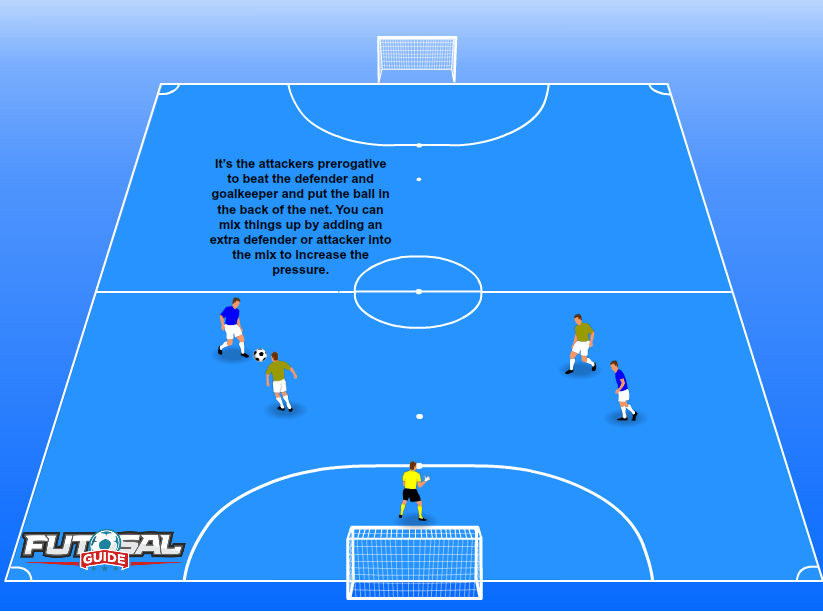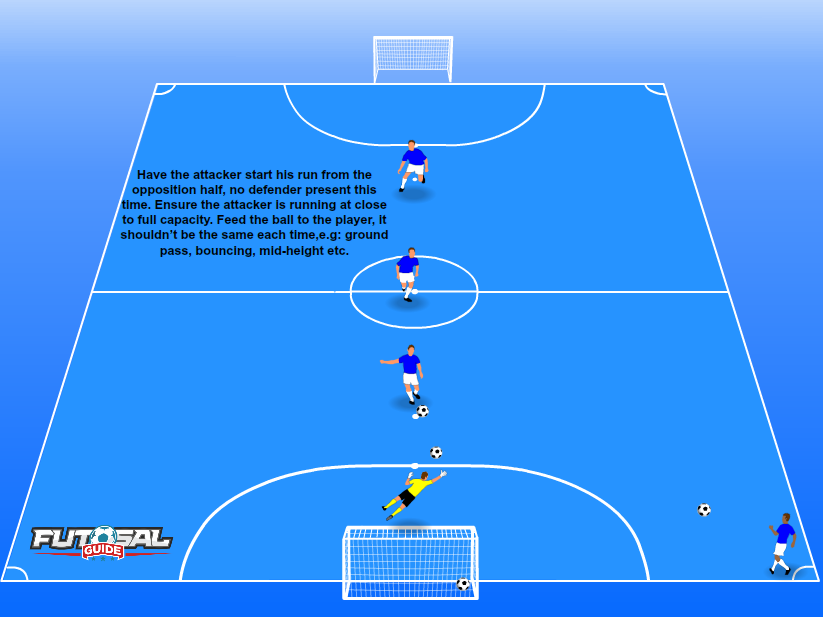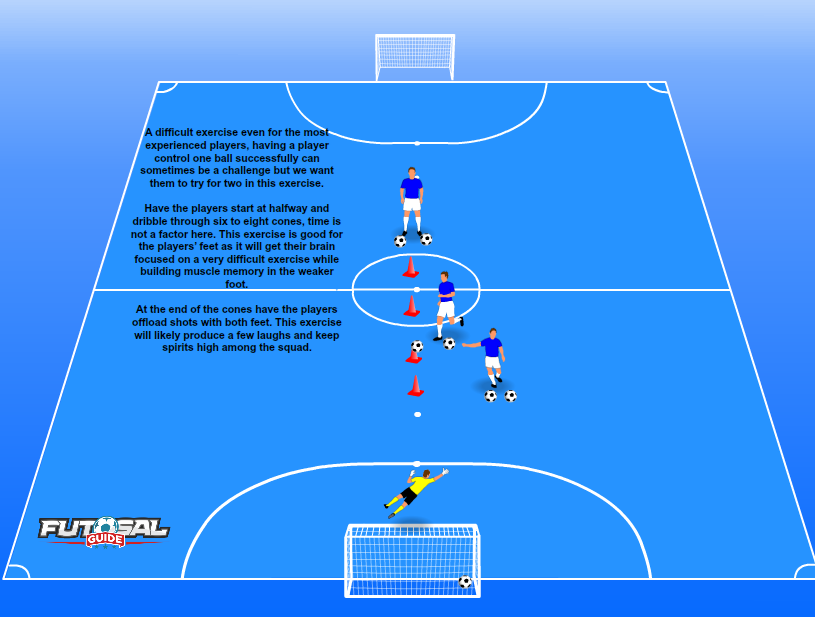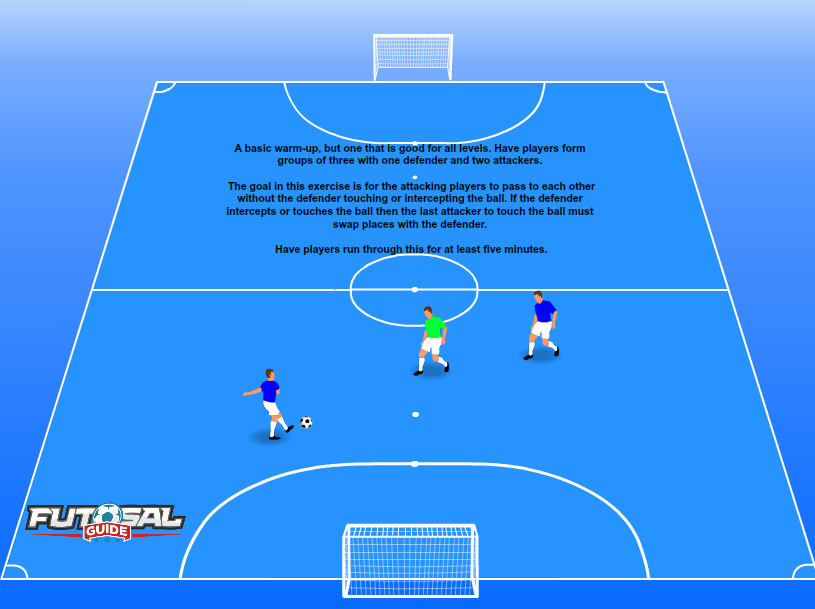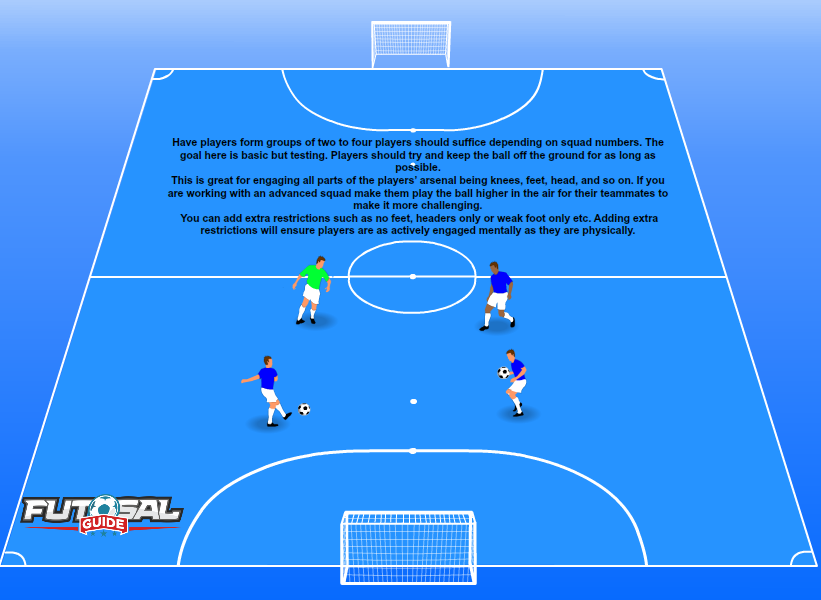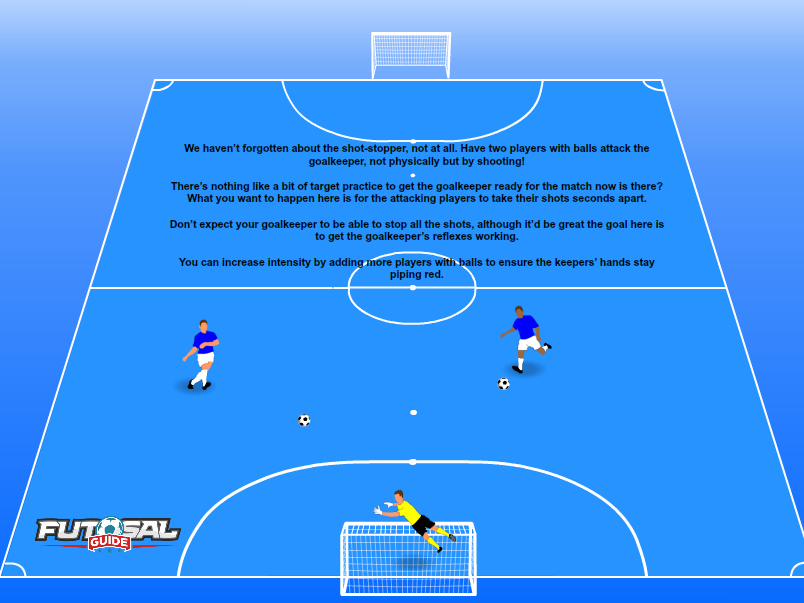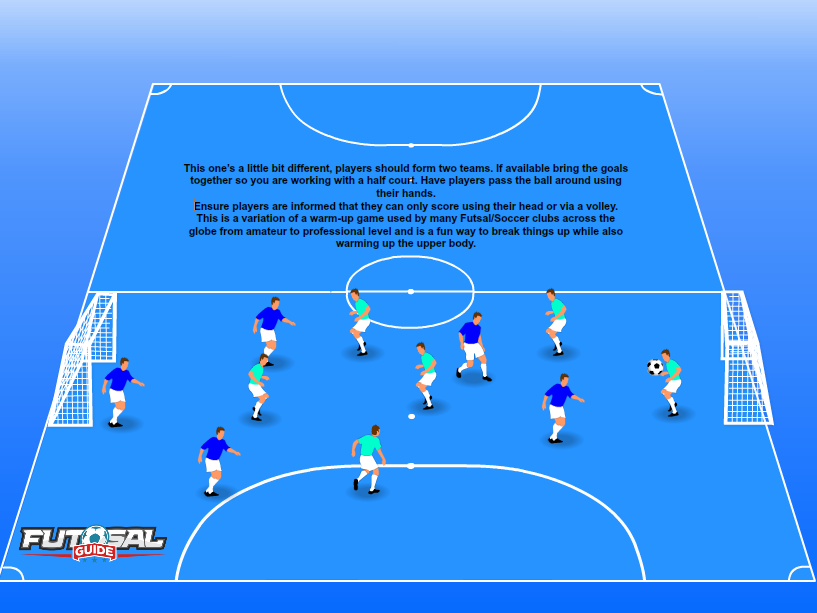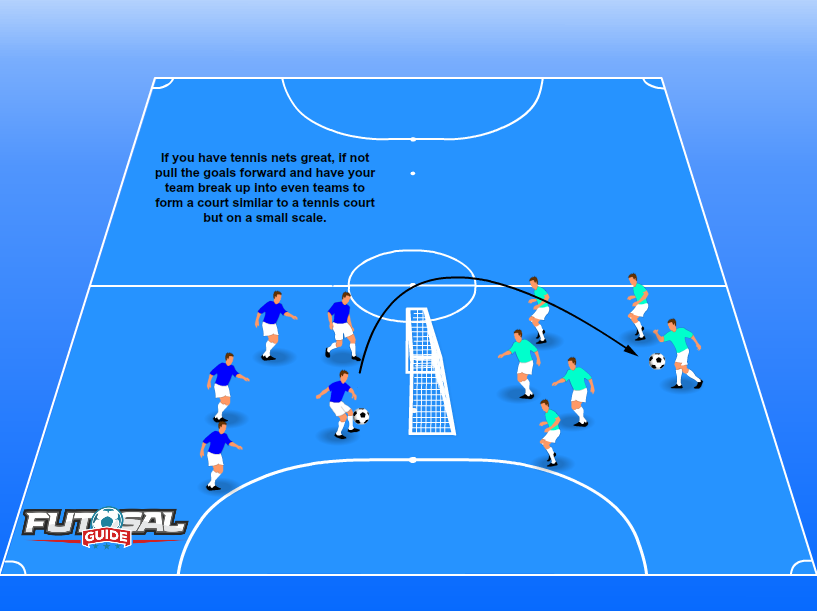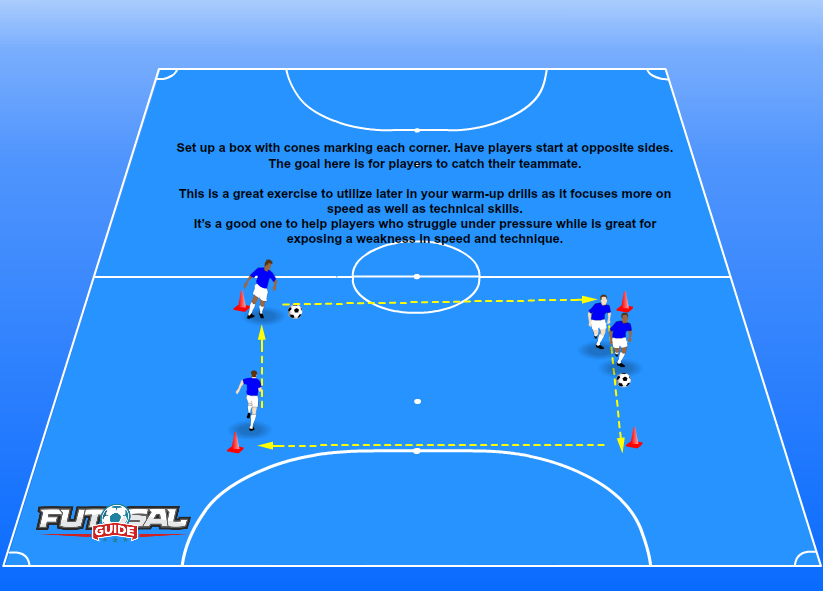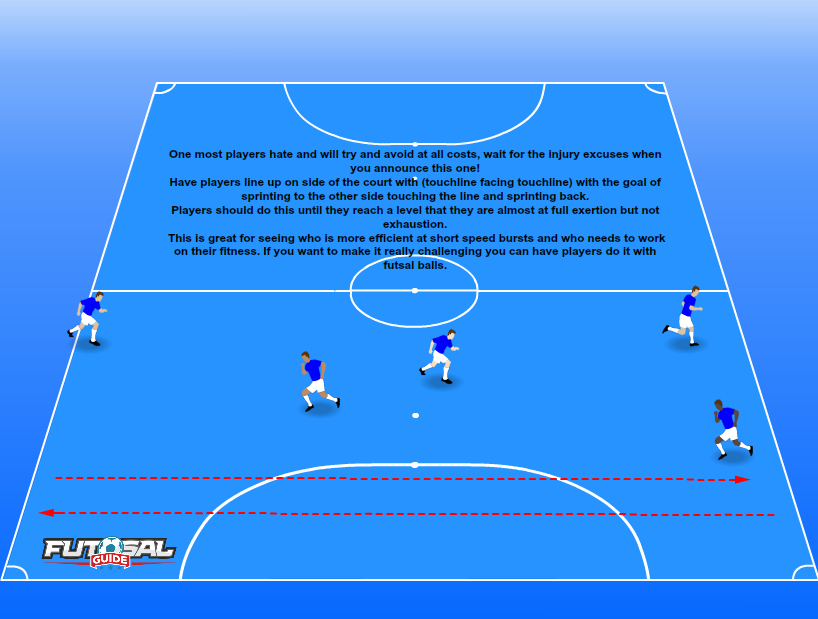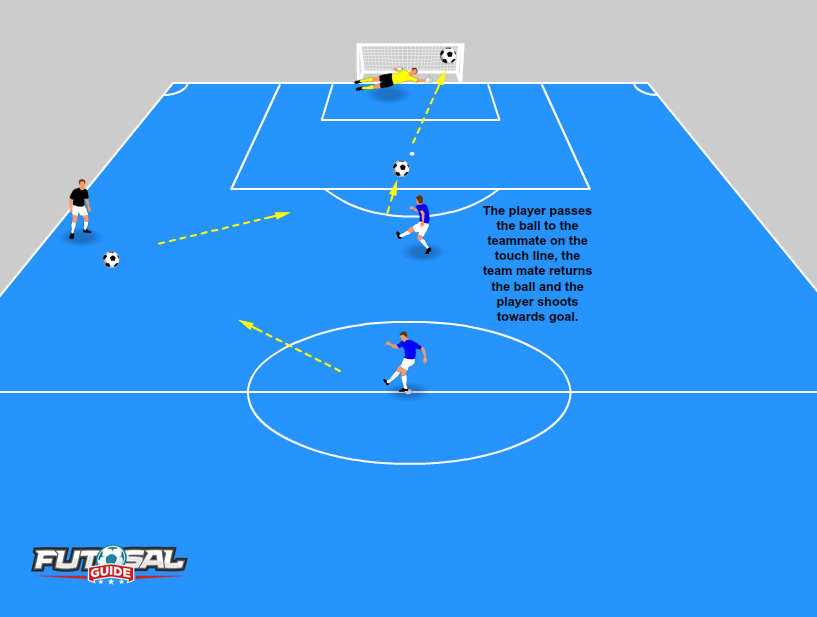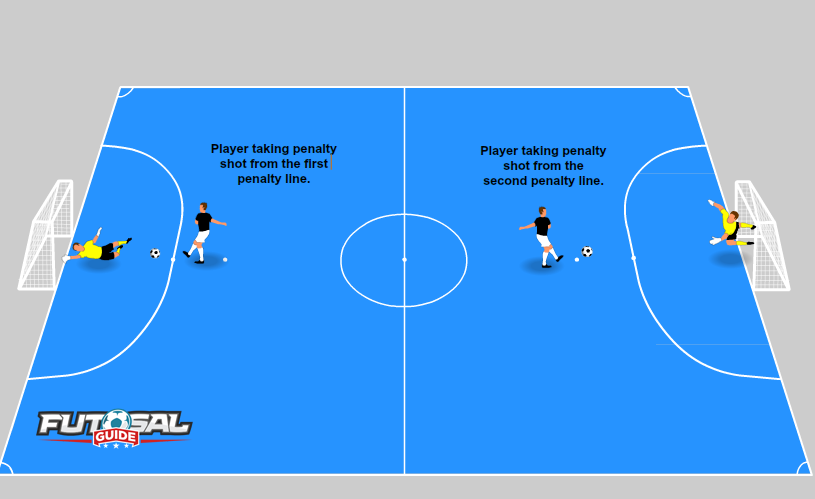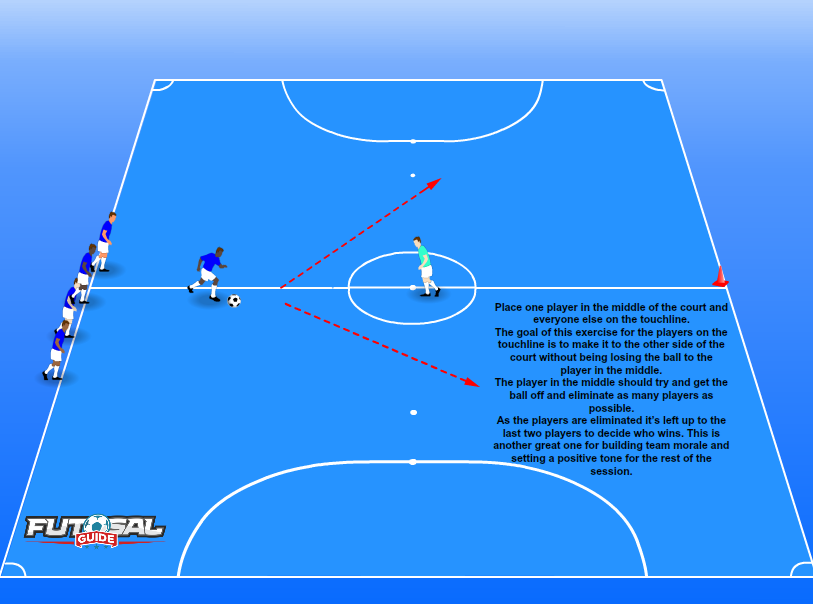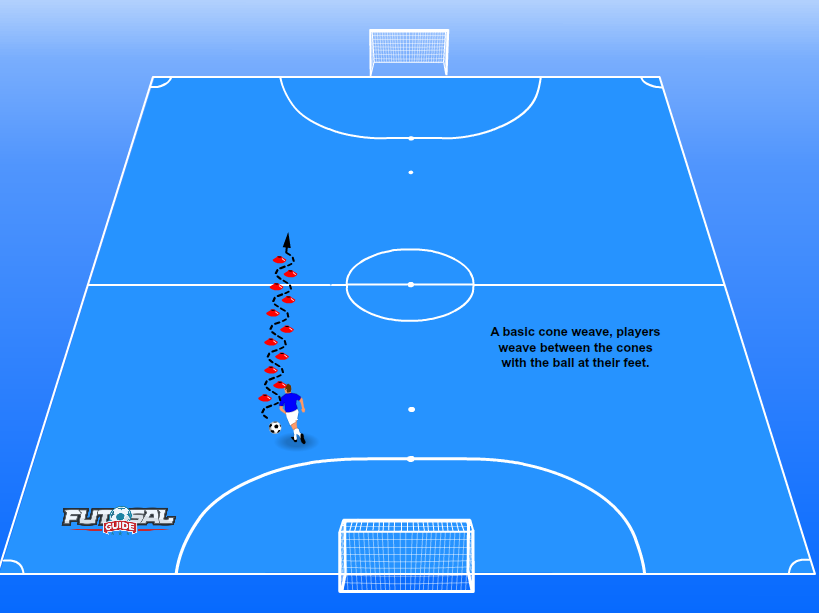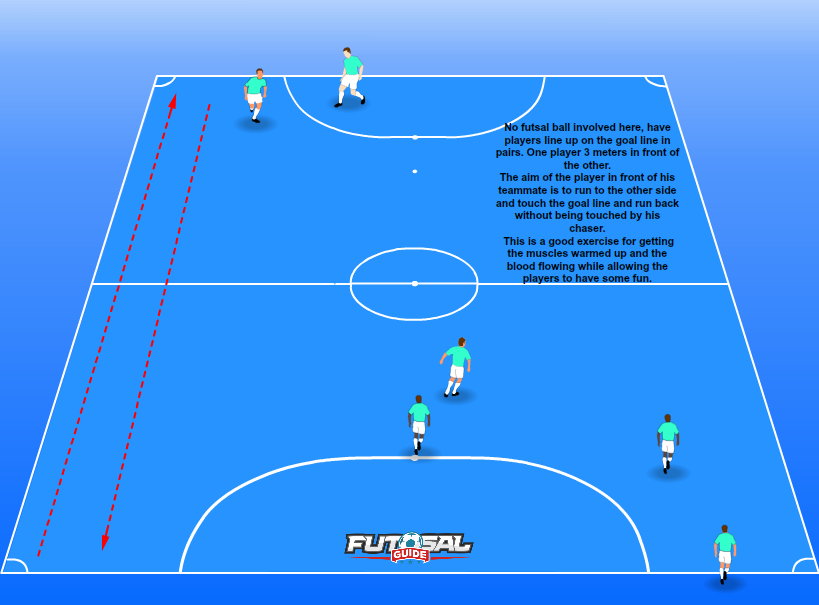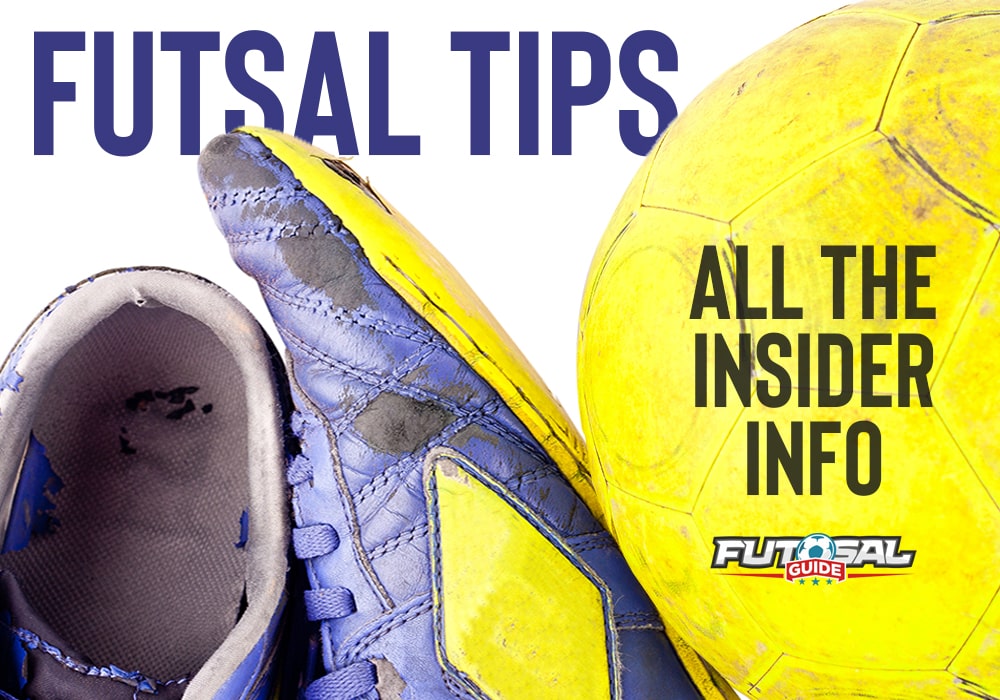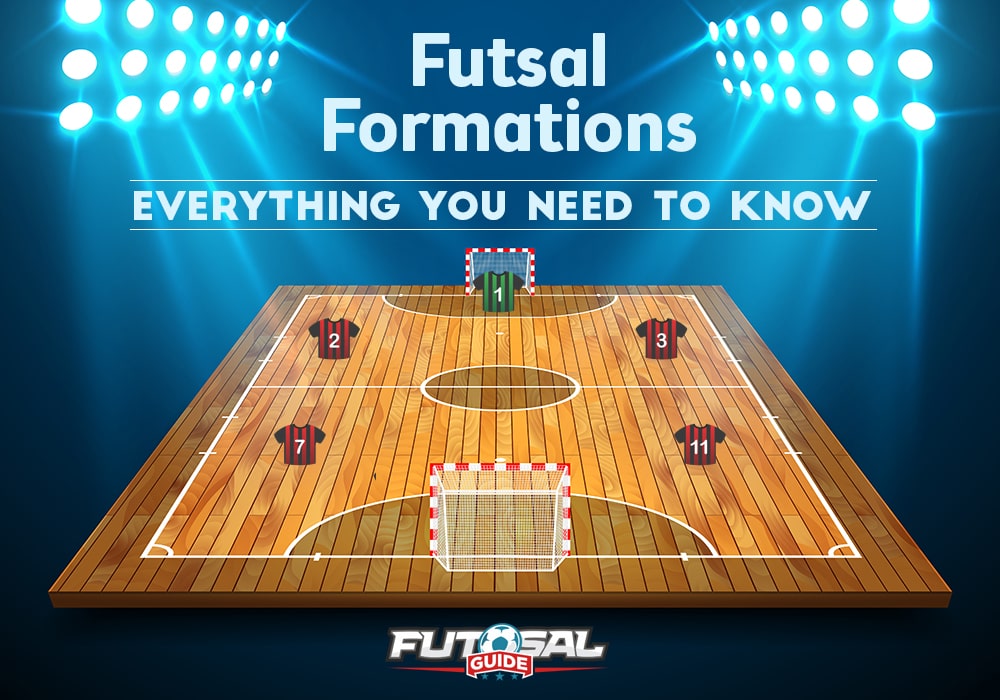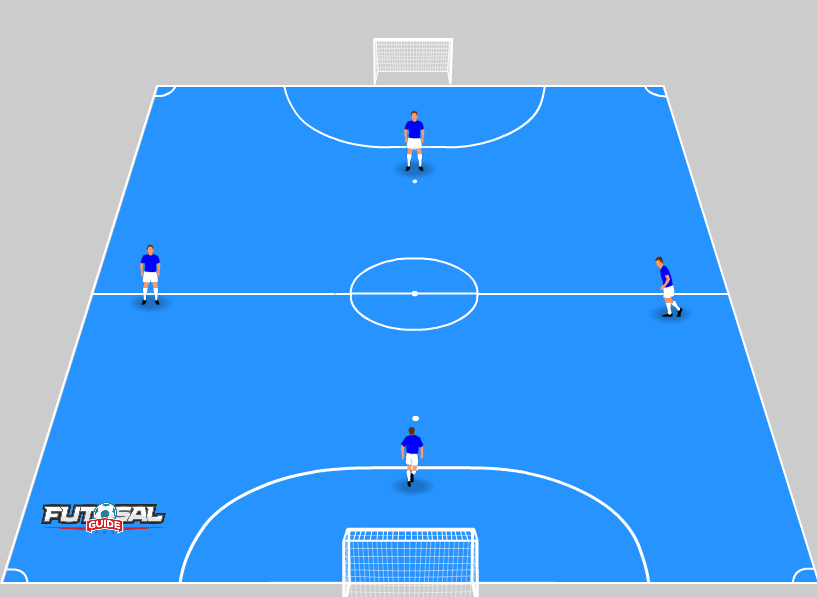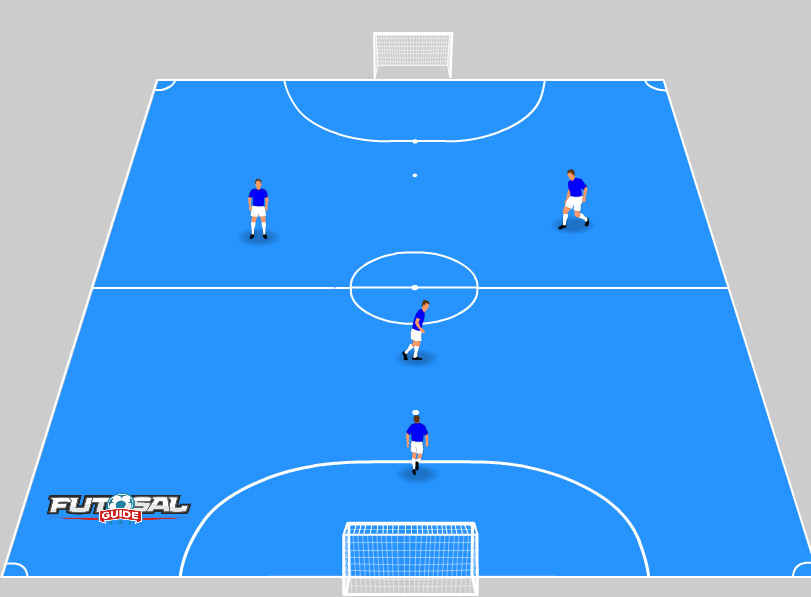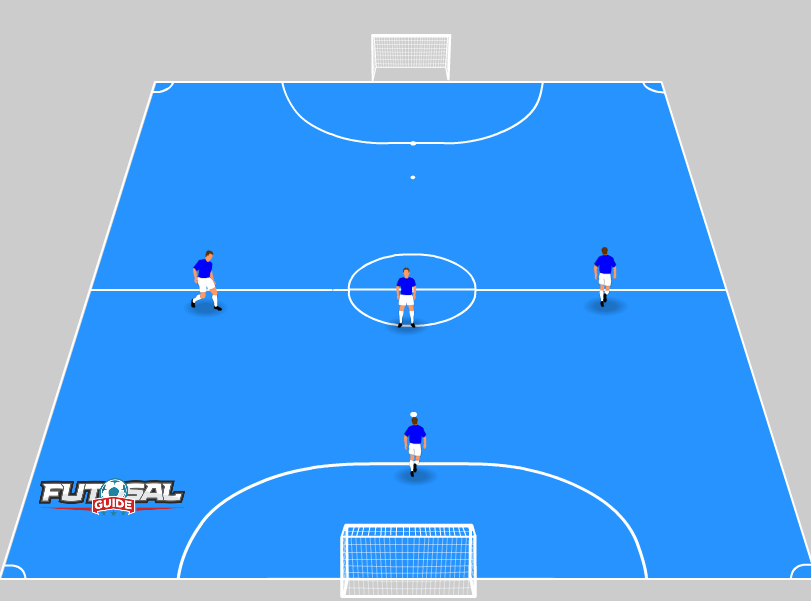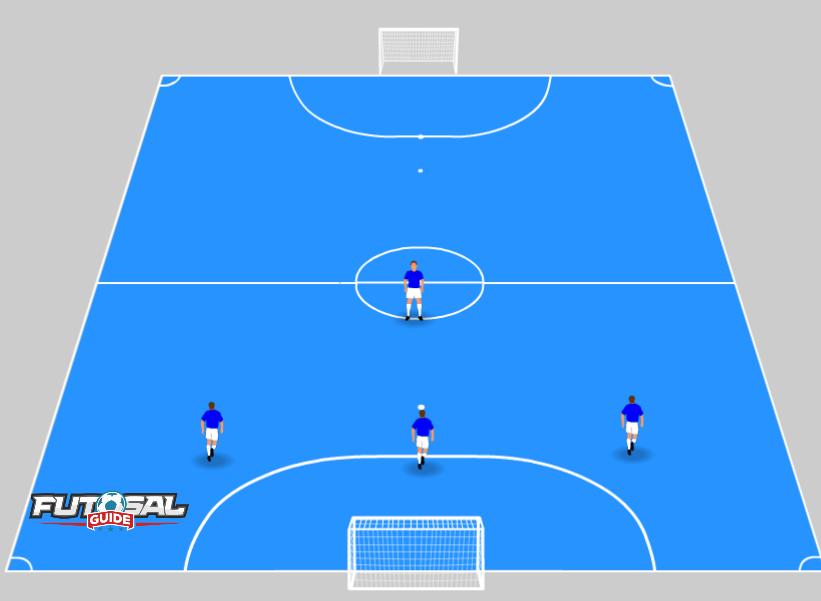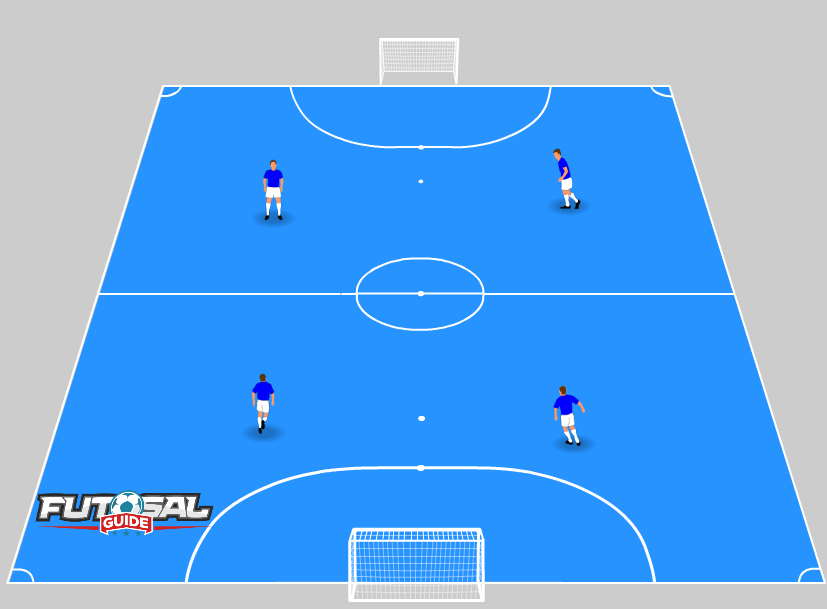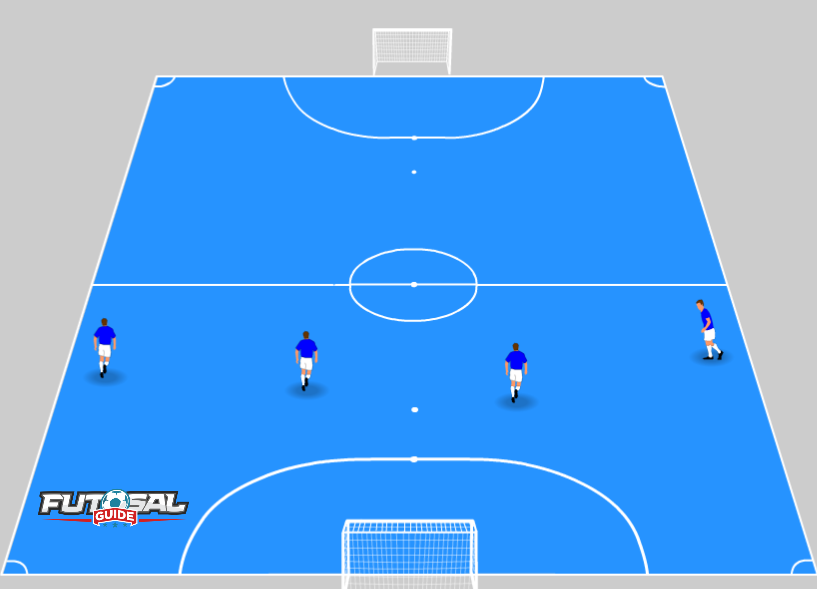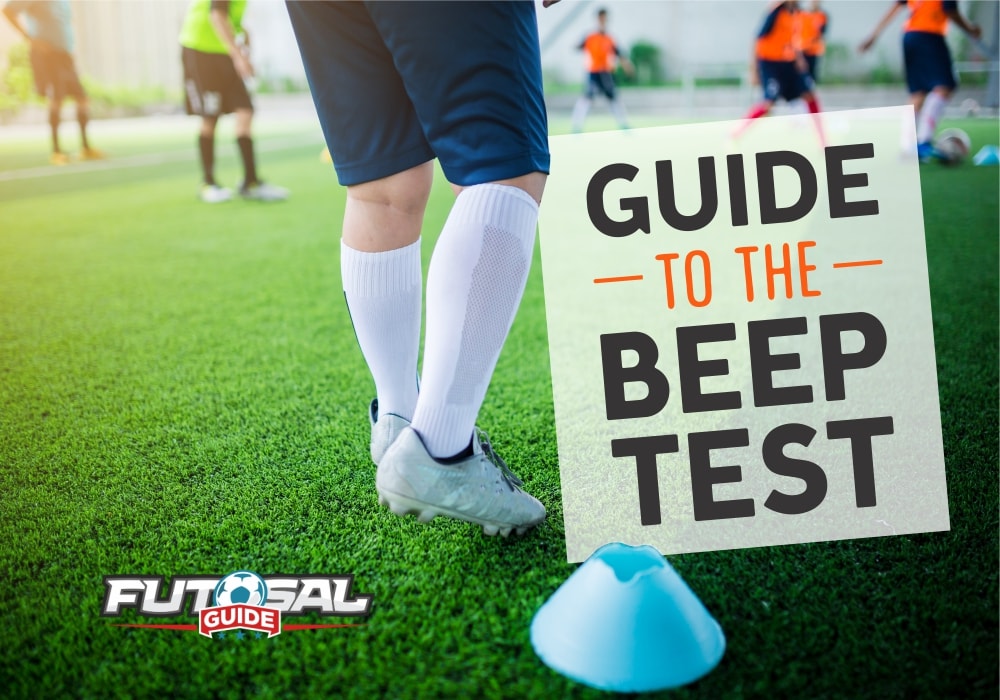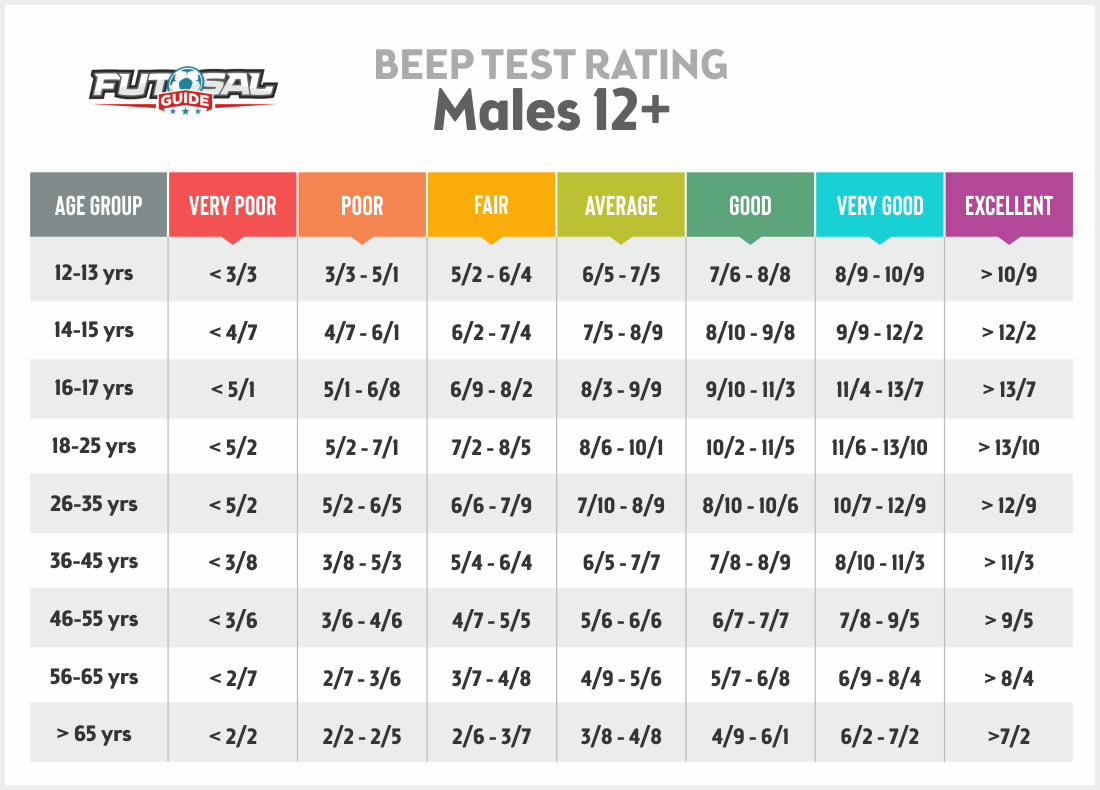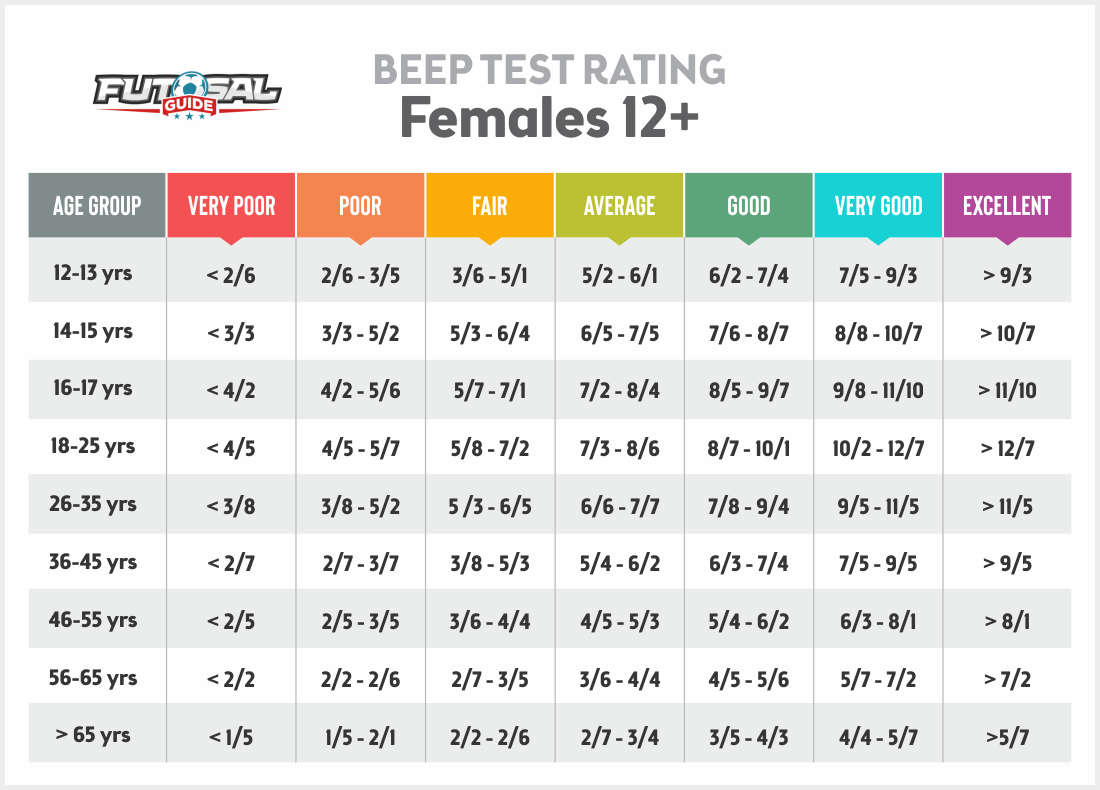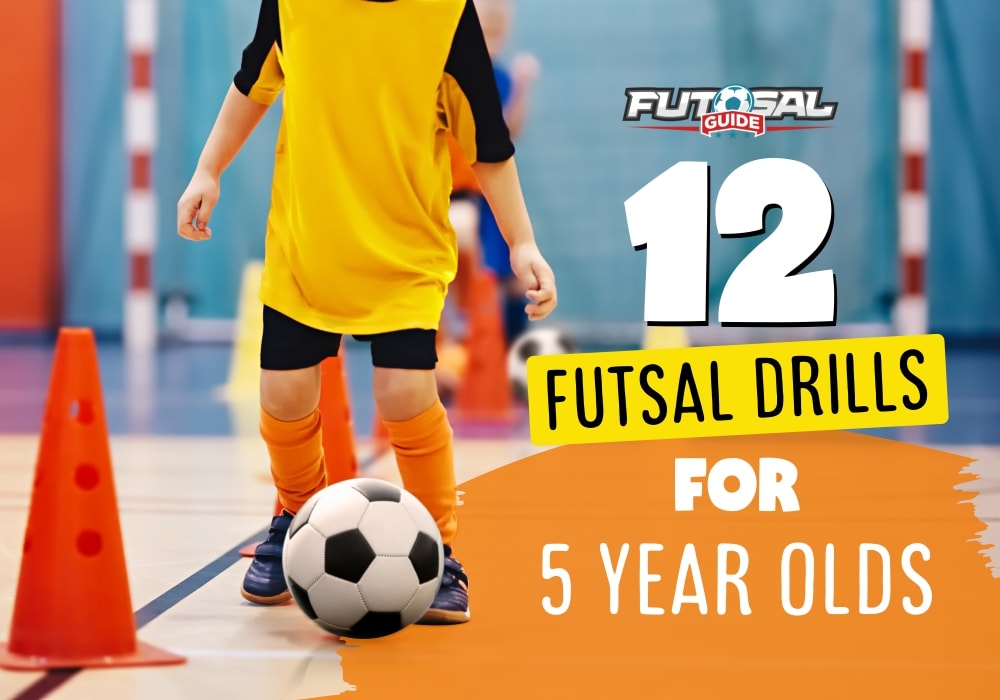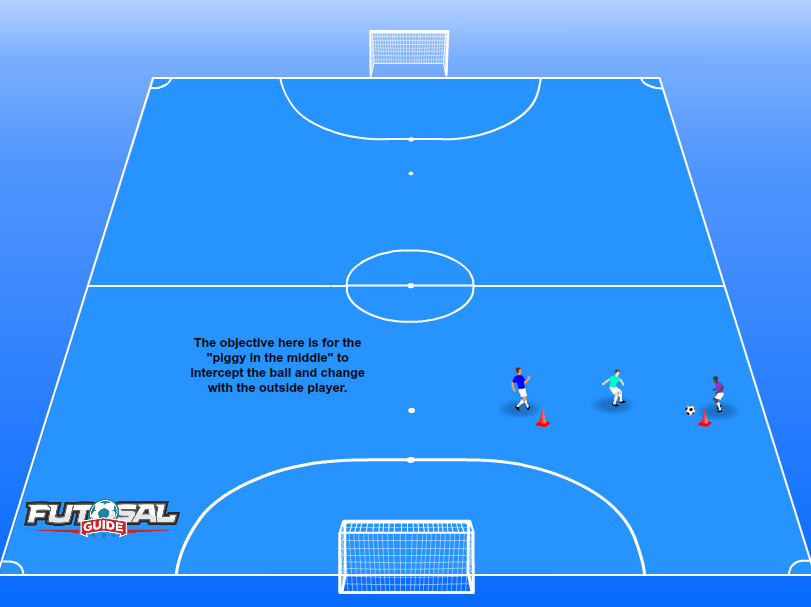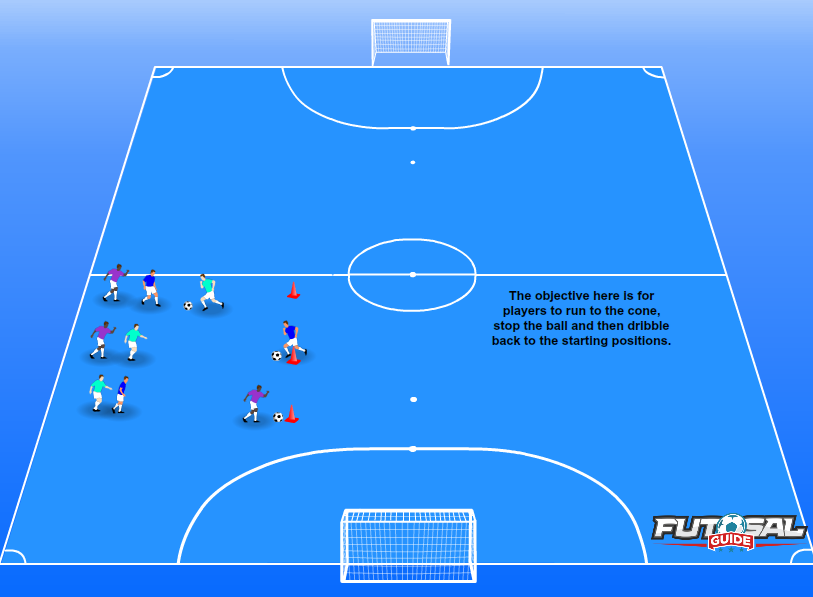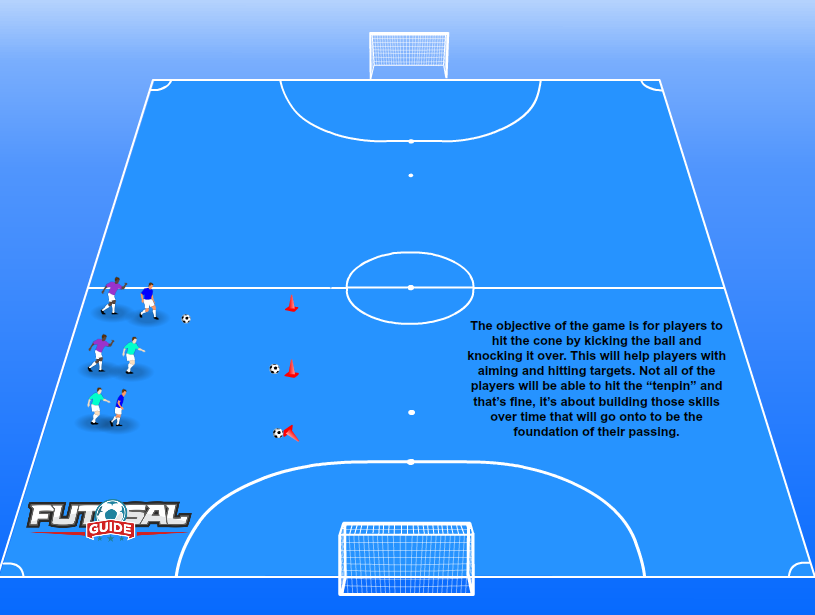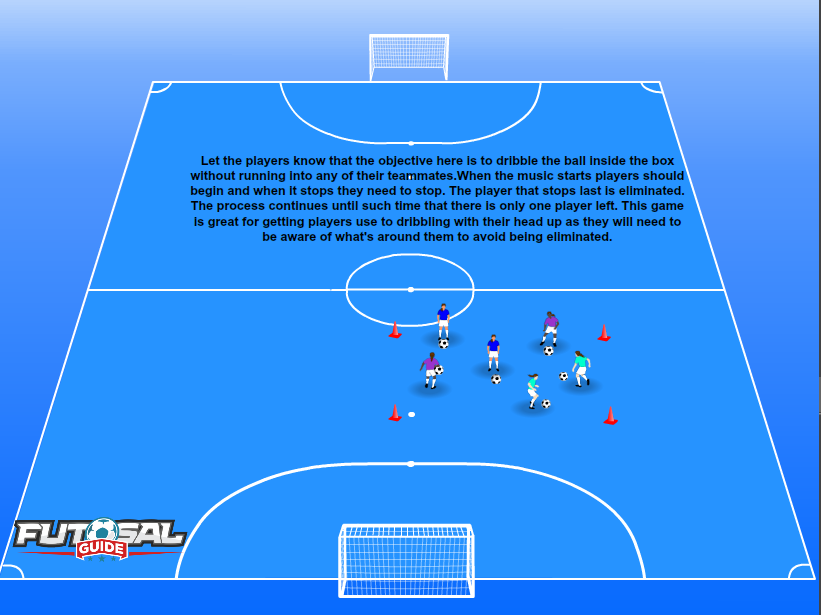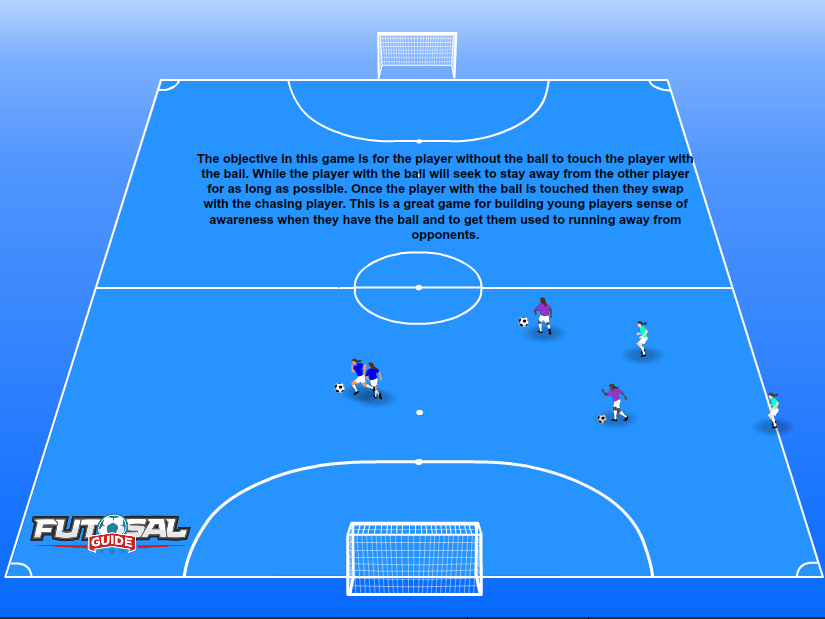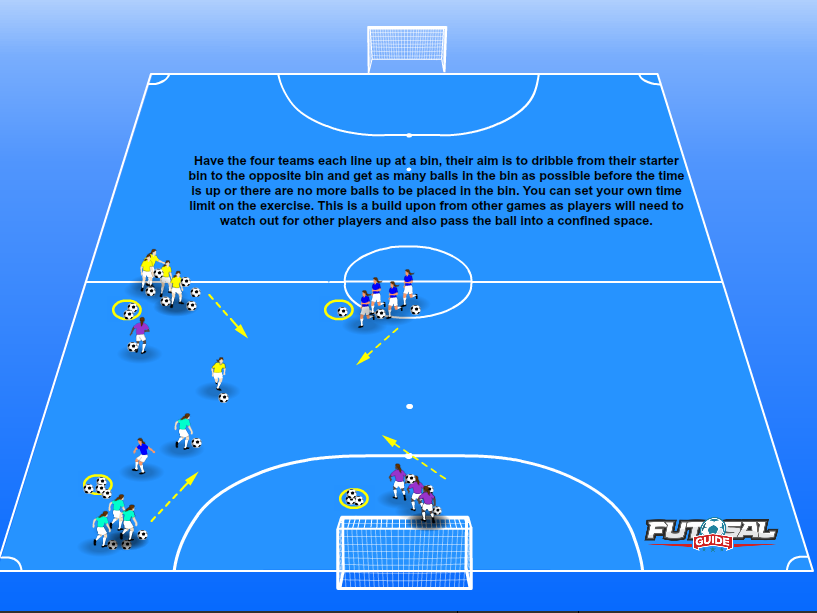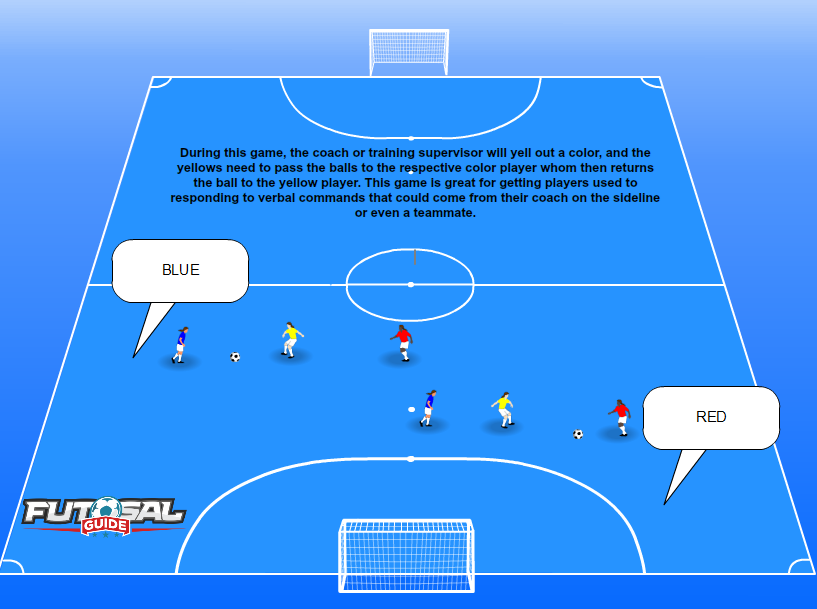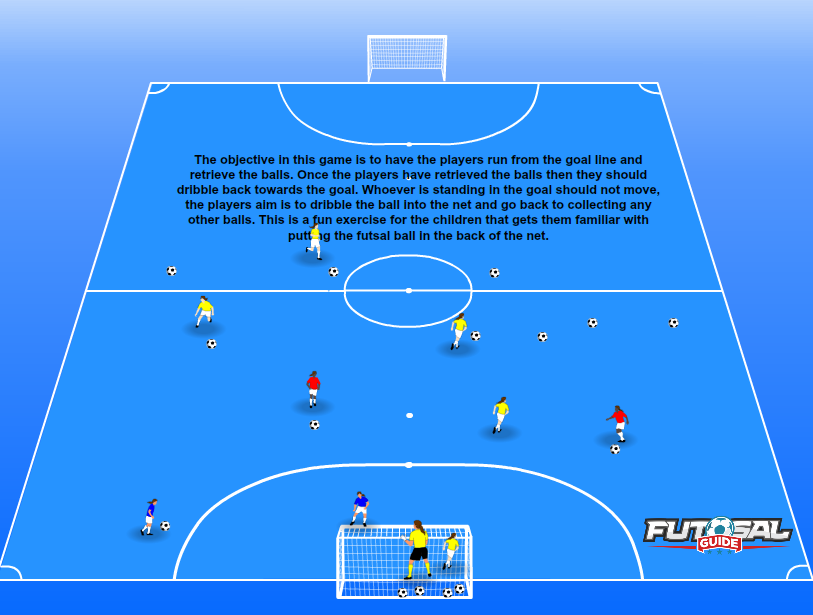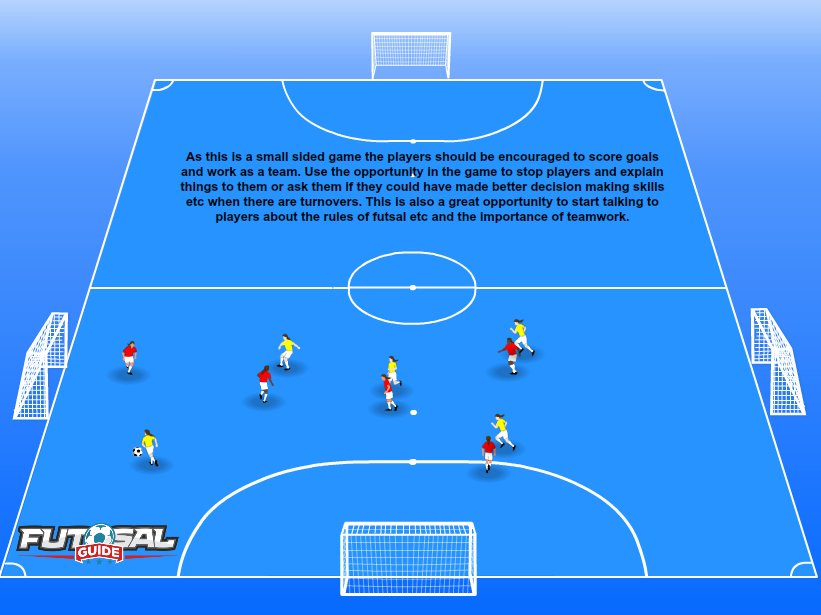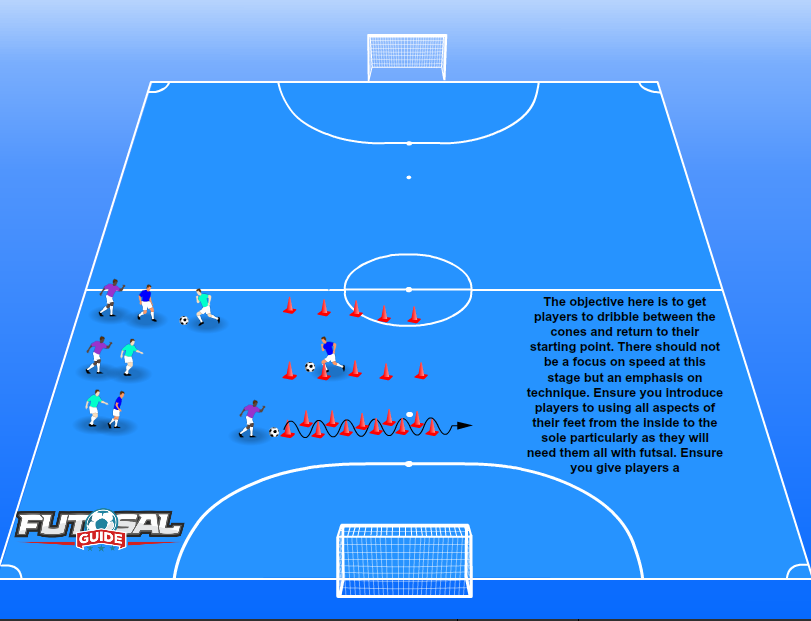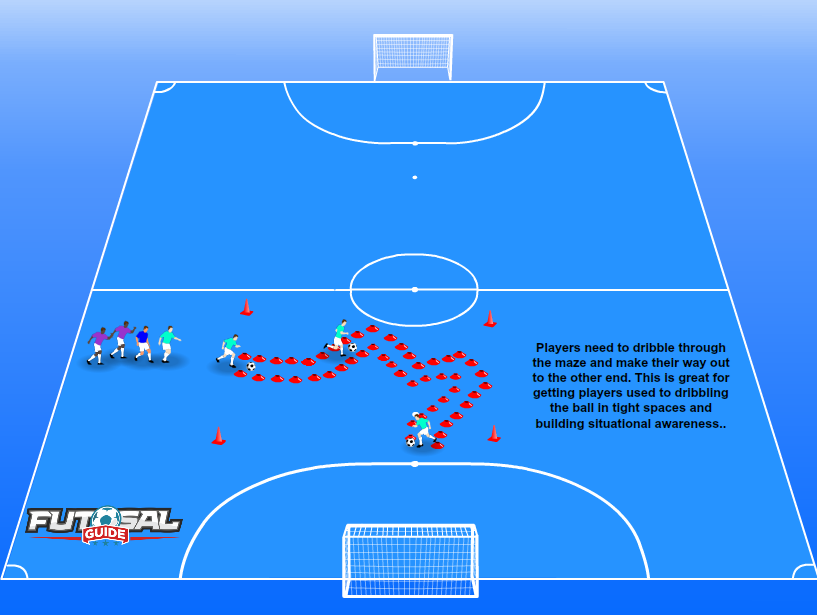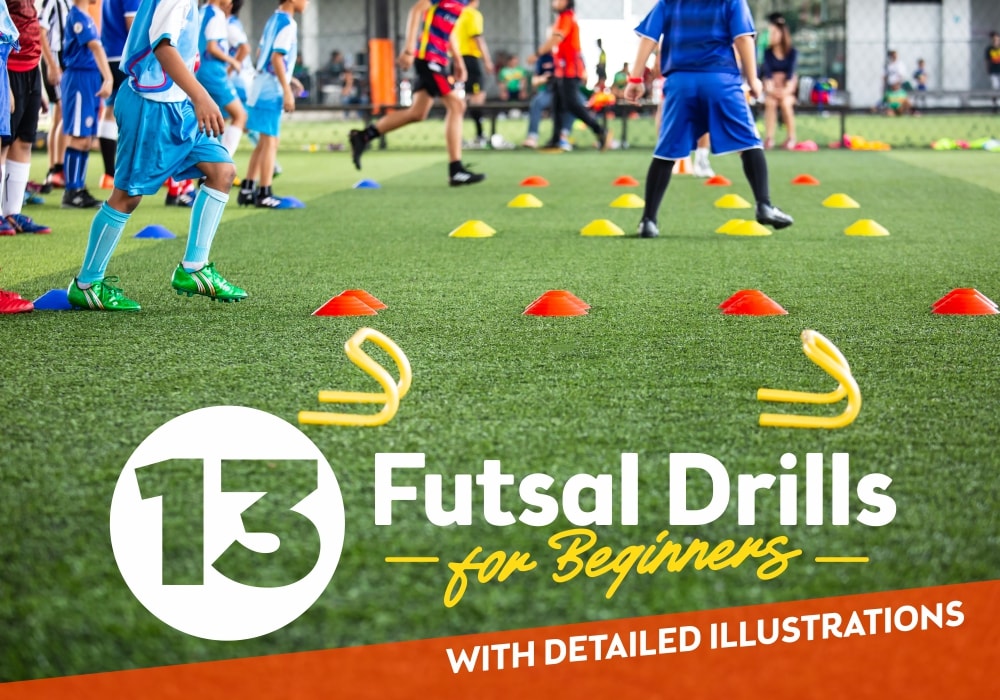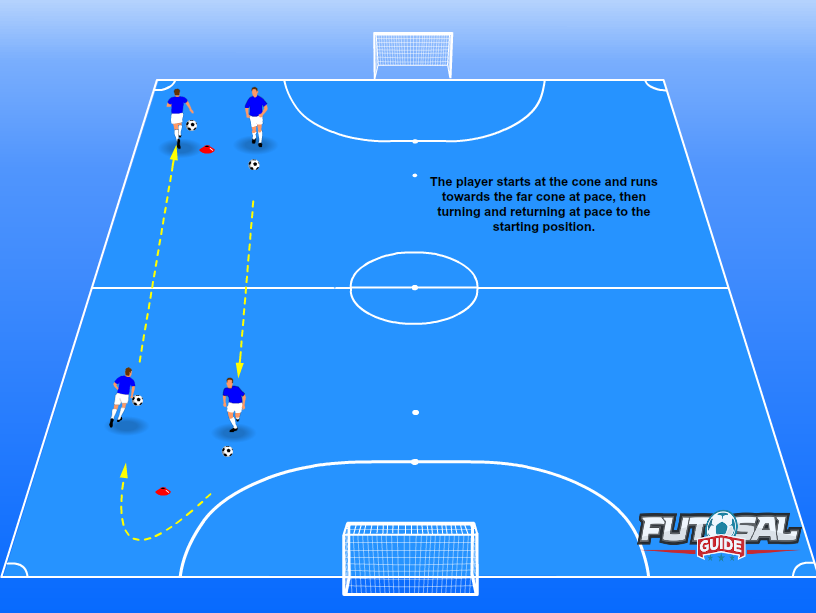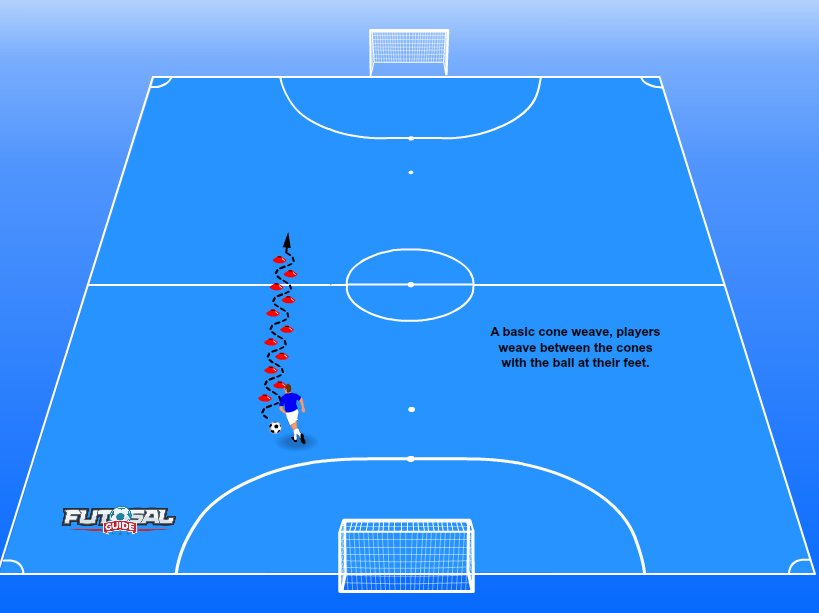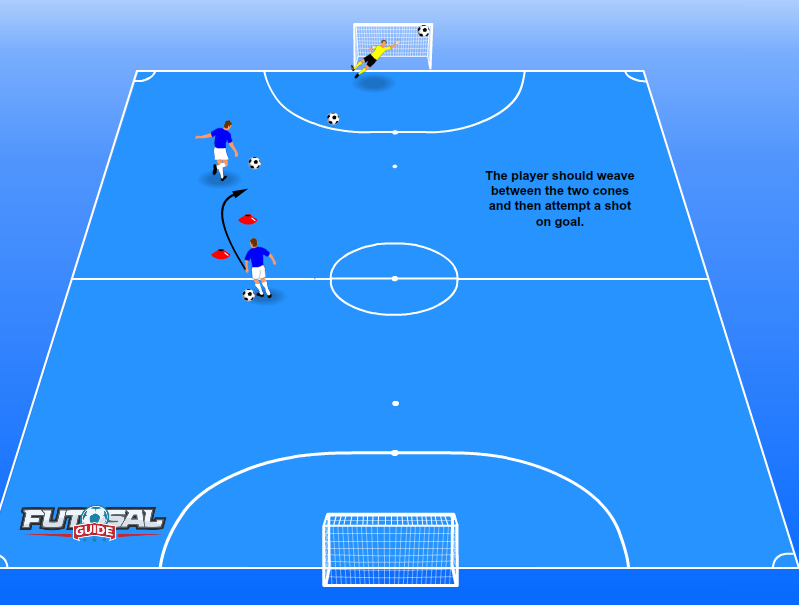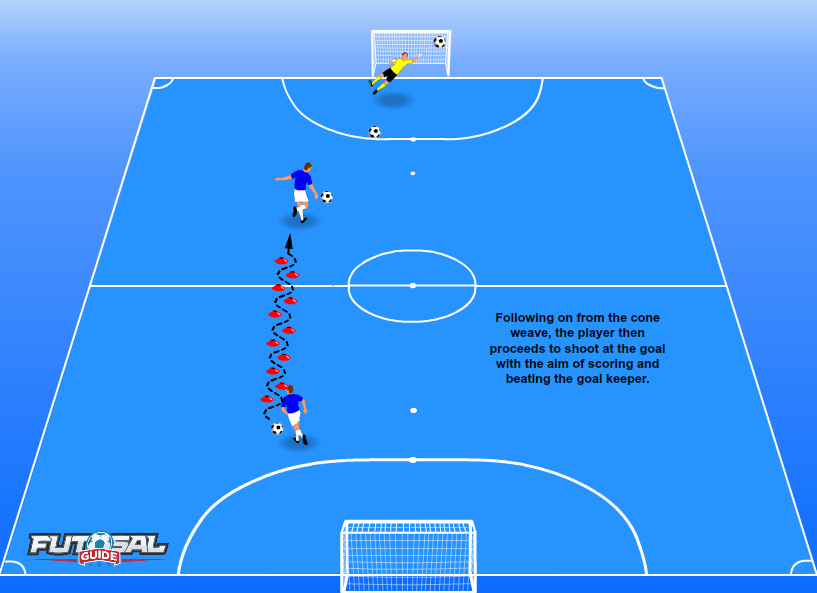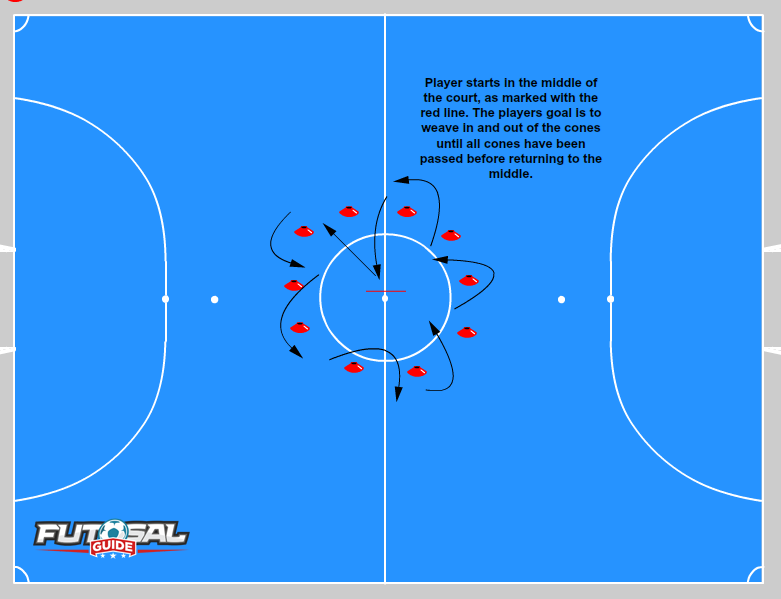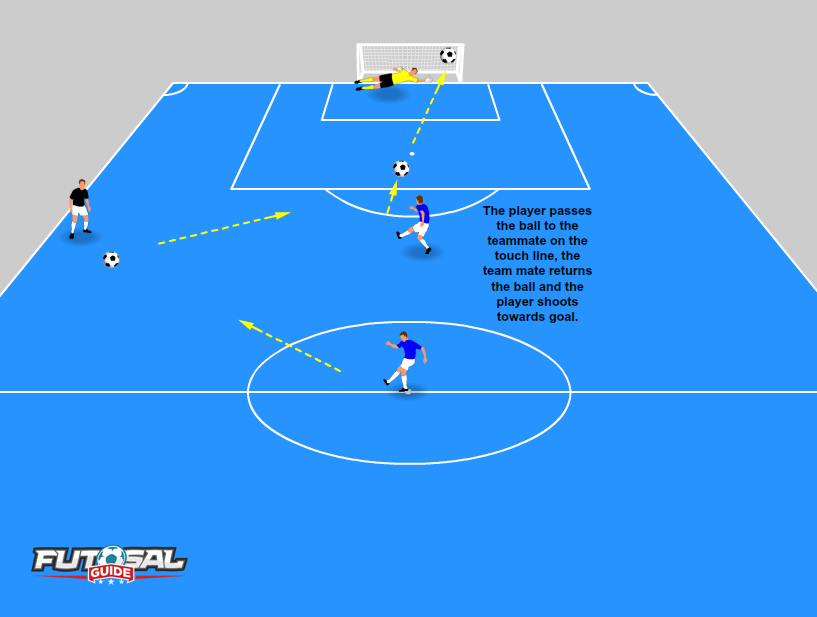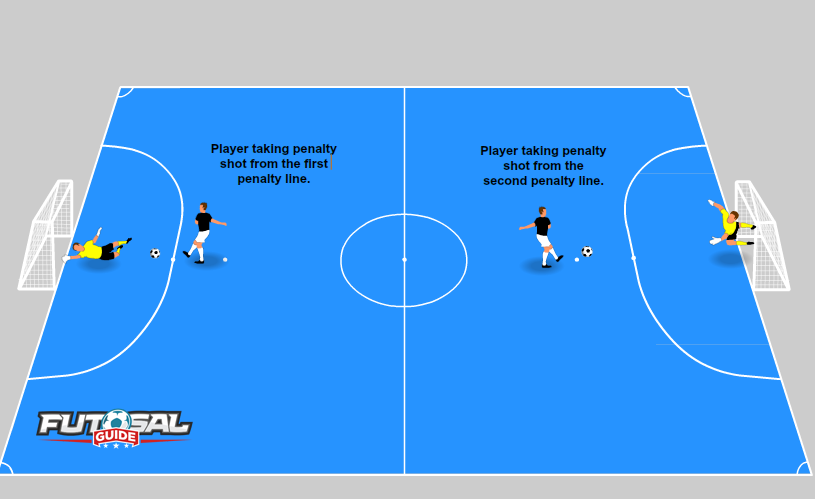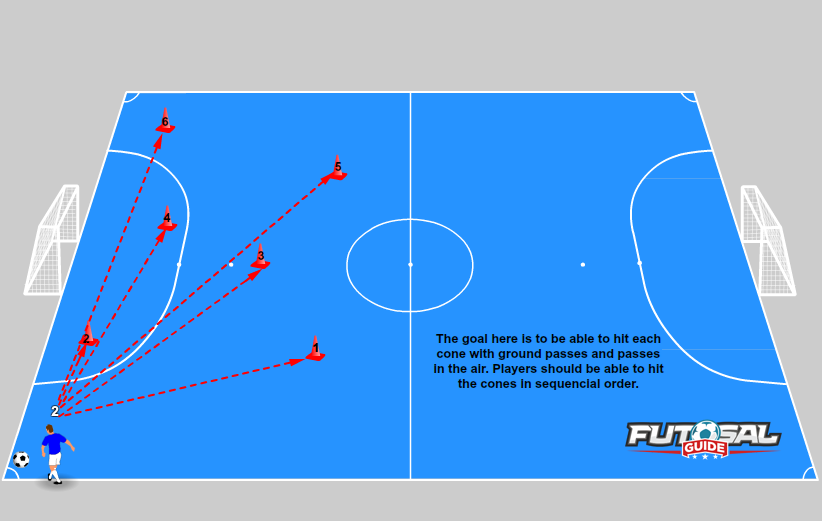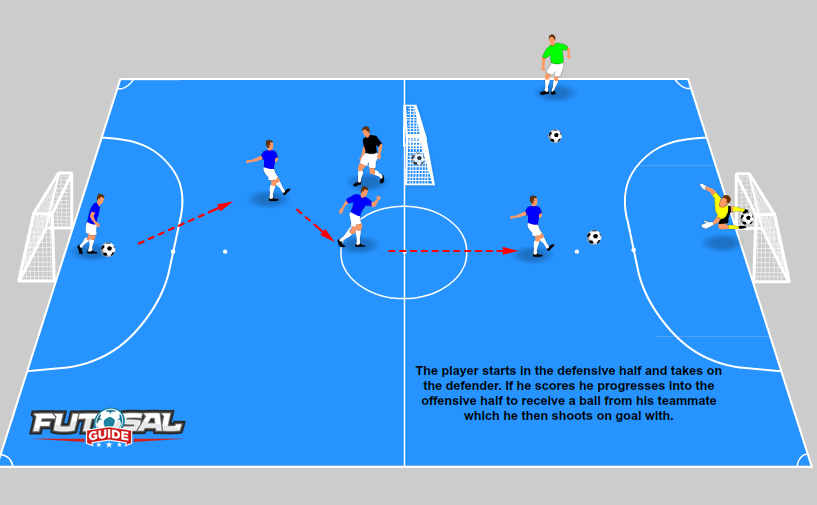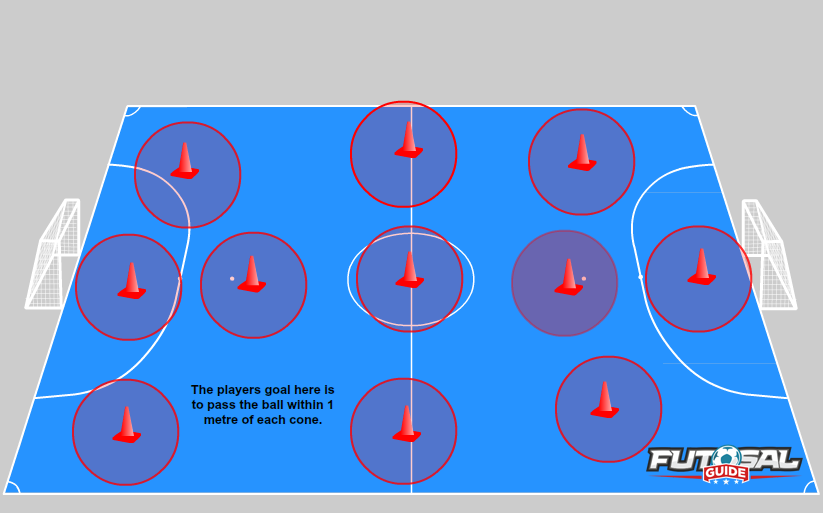There is nothing like being a part of a team and when it comes to Futsal it is an intense, fast game that is full of technical moves. Knowing the rules is an important part of any sport and it is no different when it comes to Futsal. Some of the regulations can be mind-boggling and rather confusing – at least they were to me! But not to worry, we have you covered so you can understand the rules of Futsal. Now, without further ado let’s get into it!
Basics
Futsal is often compared to football (soccer), however, there are some distinct differences between the two games. Futsal is a 5 a side game that is played on some sort of court, usually a hardwood floor or basketball court. A few key differences are that there is no offside in Futsal, each team can have a maximum of 12 players, including subs and there can only be 5 players on the pitch at a time, one of which must be a goalkeeper.
Modifications
Not all are created equal and there are some modifications to the rules and requirements that are permitted for particular categories. Suitable modifications can be applied for:
- Children under the age of 16
- Veteran footballers
- Female footballers
- Those with disabilities
There are a number of permissible modifications that can be applied. You can incorporate one, a few or even all of them. The modifications to the Futsal match must be agreed on prior to the start of the game. Modifications include:
- Size of pitch
- Ball (size, weight, material)
- Height of the crossbar from the ground
- Width between goal posts
- Length of play time
- Substitutions
Pitch
This team sport is played on a non-abrasive surface that is flat and smooth ie hardwood floor or basketball court. It is a rectangular pitch with a variety of marked lines to break up the pitch into sections for a variety of reasons, such as boundary lines. All lines must be 8cm wide and be seen easily.
Non-international matches dimensions:
Length, Touch line – min 25m, max 42m
Width, Goal line – min 16m, max 25m
Height of ceiling – min 4m
International dimensions:
Length, Touch Line – min 38m, max 42m
Width, Goal Line – min 20m, max 25m
Height of ceiling, min of 4m
Uniform/Attire
Just like any team sport, there are rules with what you are allowed to wear. This is to ensure that everyone who is playing is safe and easily recognizable to team members and opponents. Remember, if you are wearing something that is incorrect or not up to standard, it can prevent you from playing the game – so it is best to wear what you know if required!
- Jersey/Shirt – appropriate for sports
- Shorts – appropriate for sports (goalkeeper can wear long trousers)
- Footwear- canvas or soft leather training or gymnastic shoes with soles of rubber or similar material that are non-marking
- Thin Shinguards
- Long socks
- Mouthguard
Periods
With Futsal it is a rather short game that is meant to be played at a high intensity. It is made of up two 20 minute periods of playing time. The reason that playing time is specified is that everytime the ball goes out of play or if there is a time out, the clock is stopped. Thus, ensuring that you are actually playing for 20 minutes each half. There is no time to leave any gas in the tank, so be sure you leave it all out on the pitch and play a good game!
Time Outs
No matter the team sport, you usually get the freedom of a timeout or several and Futsal is no different. Each team is entitled to a single 1 minute time out each half, so you only get 2 time outs for the whole game. Something important to take note of is that your timeouts don’t roll over. So, if you don’t use your timeout in the first half, you do not get two in the second half – you only get a single time out. If your match requires extra time, there are no timeouts allowed.
Subs
There is no denying that players often run out of steam during an intense game, especially Futsal. Then, you never know if someone if going to get injured or sent off during those steam blowing, blood pumping, frustrating matches. So, having substitutes is super important.
Each match will consist of two teams. Each team is allowed up to 9 subs. The number of substitutions a team is allowed to make during a game is unlimited and can be made at any point in the game – so you can have subs flying in and out of the pitch if you really wanted too. A player must come off the pitch before the sub can go on. This must be done via the specifically marked subzones.
Did you know?
A match can not begin if either of the teams has less than 3 players. The match is abandoned is one of the teams has less than 3 players on the court.
Goalkeepers
Like most goalkeepers in any sport, there are a few specific regulations they must follow. As the goalkeeper, you have to play a game of hot potato, as you only have 4 seconds to play the ball. When you are required to play the ball you can use your hands or feet. Now, you have the ability to throw the ball past the halfway line and play anywhere on the pitch – just remember, you need to protect your team’s goal!
Rules that are applicable to goalkeepers:
- Unfortunately, if you have played the ball and a teammate tries to send the ball back your way without an opponent playing or touching it, you can not touch it! The only time you can touch it again is if you have crossed the halfway line.
- Unlike other players on the pitch, goalkeepers should only be subbed during a stop in play.
- The goalkeeper is not allowed to dropkick/punt or throw the ball over the ⅔ line on the full. This means that the ball must come into contact with the ground prior to going over the ⅔ line.
- You can not handle the ball from a back pass or a kick in.
You don’t only get restrictions but you get some privileges as well as a goalkeeper. Only you are allowed to slide (side on only) in your own penalty area. You can not have your feet sliding first towards an opponent, as this can be quite dangerous and cause injuries especially when you are trying to prevent a goal!
Goals
The whole aim of Futsal is to get as many goals as you can and win! Who doesn’t love a good win? You can score a goal from anywhere on the pitch. Unfortunately, you can not directly score a goal from a sideline kick in – this is known as an indirect free kick or a kickoff. Another important thing to note is that the full ball, every little curve of it must cross the line to be awarded any goal.
Ball
For the referee to award a corner, a goal, a goal clearance, etc. the ball must pass over the line fully. It cannot be sitting on the line, ½ of it over the line, or ¾ of it over the line – 100% of the ball must be past the line.
Fouls
Fouls in a team sport are there to ensure the safety of every player and that the game is played to a high standard. There are various reasons you may get a foul and a few ways they are penalized. Fouls can be penalized with a direct free kick, indirect free kick or a penalty kick.
Accumulated fouls and the second penalty mark
An accumulated foul is an offence that has been penalized with a direct free kick or a penalty kick, whether the advantage was played or not. Each team is allowed 5 accumulated fouls in each half. Every subsequent foul is awarded with a 10m penalty shot to the opposing team. If a team committed a sixth accumulated foul, the opposition can take the free kick given to them without a wall.
Direct free kick penalty applies to:
(These are taken from the position where the foul occurred)
- Kicks or attempts to kick an opponent
- Trips an opponent
- Jumps at an opponent
- Charges at an opponent
- Slides at an opponent
- Strikes or attempts to strike an opponent
- Pushes an opponent
- Tackles an opponent
- Holds an opponent
- Spits at an opponent
- Handles the ball deliberately (exception of goalkeeper within his own penalty area)
Penalty kick applies to:
(These are committed by a player inside their own penalty area)
- Kicks or attempts to kick an opponent
- Trips an opponent
- Jumps at an opponent
- Charges at an opponent
- Strikes or attempts to strike an opponent
- Pushes an opponent
- Tackles an opponent
- Holds an opponent
- Spits at an opponent
- Handles the ball deliberately (exception of goalkeeper within his own penalty area)
Indirect free kick applies to:
(Taken from the place where the foul occurred)
Goalkeeper commits:
- Controls ball for more than four seconds
- After playing the ball, they touch it again in their own half of the pitch after it has been deliberately played to them by another teammate without an opponent playing or touching it
- Touches the ball with hands inside own penalty area after it has been deliberately kicked to them by a team amte
- Touched ball with hands inside own penalty after they have received it directly from a kick in by a teammate
A player commits:
- Plays in a dangerous manner in the presence of an opponent
- Impedes the progress of an opponent
- Prevents the keeper from releasing the ball from their hands
- Commits against a teammate one of the offences penalised with a direct free kick if they are committed against an opponent
- Any other infringement for which play is stopped to caution or dismiss a player
Restarting the game
Whenever the match comes to a stop due to the ball going out of bounds etc. the game needs to be restarted. There are three methods of restarting a game :
- Restating the game from the sideline – A kick in is used instead of the throw-in. The player kicking in must have both of their feet either on or outside the sideline and the ball must be placed on the sideline. If this is not carried out correctly, it is re-done.
- A goal (kick) clearance – This is done by the goalkeeper and the ball must only be thrown into play.
- Referee drop – If the ball was in play prior to the stoppage, the game is restarted by the referee dropping the ball at the place where the play was stopped.
Set plays
A set play is when the ball returns to play after a stoppage. Usually, this term refers to corners, free kicks and even throw in. Every player must be 5m from the ball with all ‘set’ plays. These are an incredibly important aspect of Futsal as 60% of scored goals are from set plays. Learning how to take advantage and defend a set play is crucial in Futsal.
Time restrictions
One mississippi, two mississippi, three mississippi, four mississippi. With Futsal you only have 4 seconds to play the ball on any set play. This ensures that the game is kept moving and is constantly intense.
Did you know?
If you are lying around on the ground, you can not play the ball if there is an opponent that is within playing distance of the ball.
Referees
Just like any team sport that has to be a referee or two to ensure that the match is played following regulations and is fair. A ref will always have the final say, so there is no point trying to argue with their decision. Their decisions are final and you need to respect the officials – what they do can be extremely difficult as it is such a fast-paced game. They call it how they see it – respect it, don’t fight it. Without your refs, you won’t be able to play your game!
Unfortunately, tempers and frustration can get the better of even the most sportsmanlike individual and there are penalties if things escalate too far. If necessary the referees can use two cards to control the game. A yellow card means that a player is being cautioned. A red card means that you are being sent off.
When a Futsal player is sent off, they can not be replaced by a sub for two full minutes, forcing the team to play a man down. However, a sub can replace the sent off player if a goal is scored prior to the full two minutes passing.
Cautionable offences – yellow card:
Player:
- Unsporting behaviour
- Dissent by word or action
- Persistent infringement of futsal laws of the game
- Delaying the restart of play
- Failure to respect the required distance when play is restarted with a corner kick, free kick or kick in (defending players)
- Entering or reentering pitch without refs permission or in accordance with subs procedure
- Deliberately leaving the pitch without refs permission
Sub:
- Unsporting behaviour
- Dissent by word or action
- Delaying the restart of play
- Entering pitch not in accordance with subs procedure
Sent Off Offences – red card:
- Player/Sub sent off:
- Serious foul play
- Violent behavior
- Spitting at another
- Deliberately handling the ball to prevent the opposition from scoring a goal (exception of a goalkeeper in their own penalty area)
- Offensive, insulting or abusive language and/or gestures
- Second caution in the same match
Futsal is a team sport and it is incredibly enjoyable. Play fair, be a good sportsman and always leave everything out on the pitch!
































































